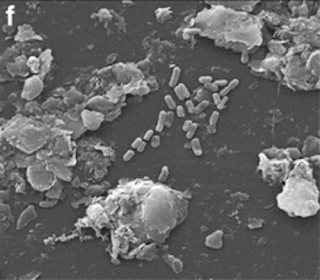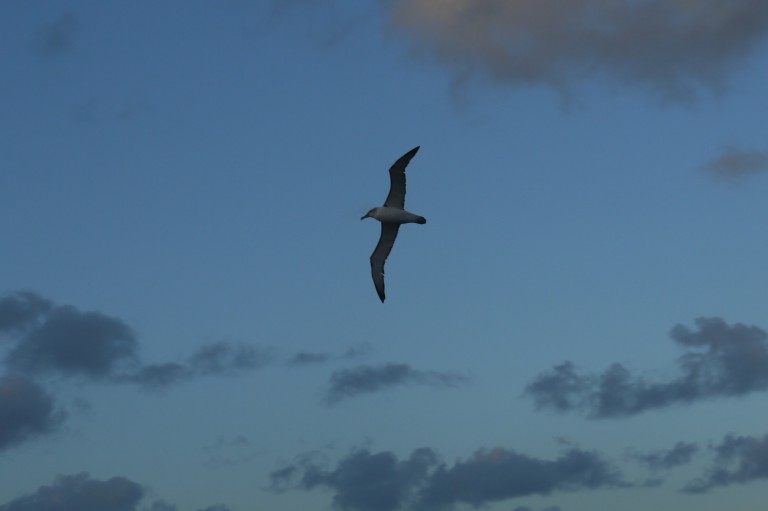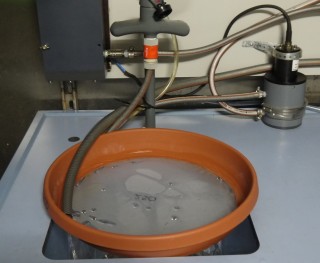Whilst Falkor is rushing about chasing internal waves for next few weeks, this platform is also being modestly utilized to hunt down any microplastics that may cross its path. Back in my home state of Victoria, I have been collaborating with researchers Slobodanka Stojkovic and Mark Osborn from the Royal Melbourne Institute of Technology (RMIT), and citizen scientists to investigate the prevalence of microplastics in our local coastal waters.


Microplastics are typically plastics <5mm that can be brokendown or raw material, often as fibres, beads or thin films, made up of either polyethylene, polypropylene, polystyrene, and ethylene vinyl acetate (Reisser et al 2012). The journey into the Tasman Sea has provided an opportunity to obtain some “baseline” data on microplastics in general, and more specifically for the RMIT researchers a chance to study the make-up of the regional plastisphere.
Invisible Risk
The direct nutritional effects of ingested microplastics on organisms such as seabirds and their chicks has become a familiar story. Lesser known, but potentially equally as important, is that the surface of microplastics present a new substrate in the ocean, which can be rapidly colonized by a complex community of microorganisms. Microplastics in the environment also act as a sponge, by absorbing numerous persistent organic pollutants and heavy metals, that can be many times greater than ambient concentrations. As such, ingested microplastics can pose a significant pollutant exposure risk to aquatic organisms, with pollutant concentrations accumulated up the food chain. The RMIT researchers wish to expand the limited knowledge of the complex microbial-ecological interactions that occur on plastic surfaces, that will influence the bioavailability, toxicity and subsequent release of plastic co-pollutants into aquatic fauna.

How much is out there?
Concentrations of microplastics in the oceans wildly vary. A recent study in the North Pacific found they ranged from 8 to 9200 particles /m3 (Deforges et al 2014). In the Tasman Sea scant studies have been done, though at lower latitudes Reisser et al. (2012) found that concentrations vary from 500 to 3500 pieces per km2. Using Falkor’s autonomous sampling system, water is initially passed through a 5mm strainer, before filtering with a 250 micron mesh to capture microplastic samples. Each sample will represent 10hrs of filtering accounting for ~12000L or 12m3 volume. These 10 hr samples will be taken throughout the cruise at key locations associated with the companion biological sampling by Dr. Peter Strutton.

The plastic journey…
Each individual plastic fragment present within the marine environment will have been subject to complex dynamic changes in its biofilm community (microscopic organisms that produce a film on the plastic surface). During a myriad of divergent routes that transition across and between the terrestrial, freshwater and marine environment, each plastic fragment may develop into a unique environmental microhabitat, shaped by travel through differing physical–chemical environments. Adsorption of organic and inorganic chemicals and by colonization of diverse microorganisms produces a sort of fingerprint of their journey. For the region Falkor is operating in, drifter tracks shown in the figure indicate source areas are predominately associated with the East Australian Current system, though some originate from the Indian Ocean and beyond.
The microplastics being collected by Falkor will be passed onto Slobodanka and Mark to further their investigations into the local microbial community, and general observations of the plastics collected shared with others studying the regional microplastics community. Hopefully, enough data will eventually be collected to provide information to policy makers and resource managers.
